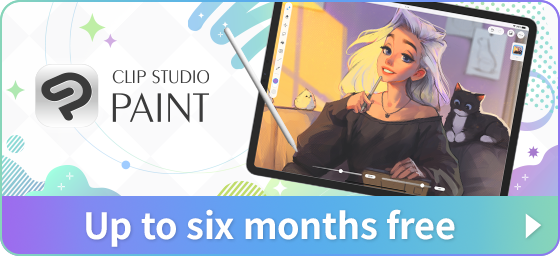Introduction
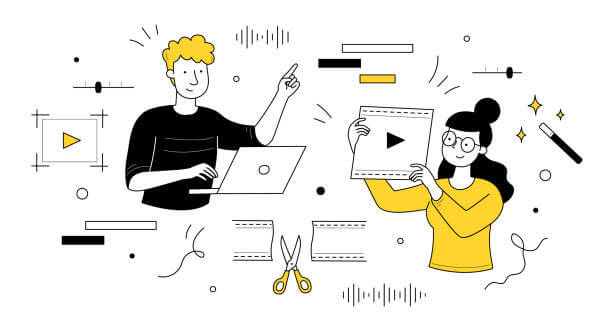
Are you an aspiring animator who wants to take their first step? Or an experienced one who wants to take their skills to the next level?
In this comprehensive guide on animation production, we’ll cover production tips, necessary resources, and other essential topics. We hope it will help you gain a deeper understanding of the world of animation!
Useful tips for animation beginners
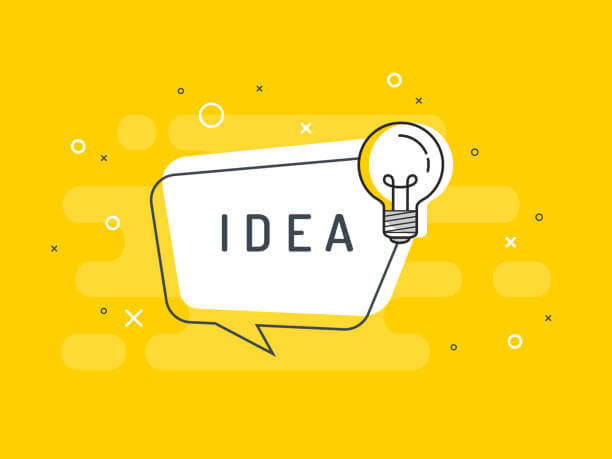
Let’s start with the basic principles, this includes the 12 principles of animation! Knowledge will be the foundation of your creativity, and it’s recommended to gradually try out advanced techniques to hone your skills.
Don’t forget to study the work of other creators. By doing so, you’ll get hints for inspiration or how to better your production process.
What are some tips for animation beginners?
Here are some tips for beginners that want to work on their animation skills.
1. Understand and master the “12 principles of animation”. The principles are widely known among animators as the basics of animation, and are sometimes collectively called the “Animation Bible”.
2. Find an animation style that suits you, and familiarize yourself with animation terminology.
3. Start by practicing with simple projects such as a bouncing ball, a falling brick, or a character walk cycle.
4. Choose a program that best suits your animation style.
See below for more information on animation software.
Animation software
5. When improving your skills, persistence and making learning a habit is key. Outside of working on animation projects daily, be aware of the opportunities in your daily life to use animation as a supplementary tool, such as school assignments or work presentations.
Taking advantage of these moments will improve your animating skills, leading to better results.
How to start improving your animation skills

To improve your animation skills, you need to keep practicing. Some methods include animation exercises, using apps, watching tutorials, and taking tutoring courses.
Good practice projects are a bouncing ball, a falling brick, or a character walk cycle. Simple movement that can be created with a small number of frames are perfect for beginners to practice the basics.
To make digital animation, you’ll need specialized software. Recommended software for beginners includes Clip Studio Paint, OpenToonz, Toon Boom Harmony, Synfig Studio, Adobe Animate, Adobe Character Animator, Visme, Pencil2D, Biteable, and Animaker. Choose an app that has the best features for your animation style.
If you have any questions about how to use your program of choice or animating, watching tutorials or taking courses from educational organizations or online courses can also help your improve your animation skills.
Popular animation tutorial websites include Clip Studio Tips, Animator Island, Rusty Animator, and Bloop Animation. Clip Studio Paint and Adobe Animate also offer beginner courses on YouTube.
Once you’ve got into the rhythm of animating, share it with your friends and family! Getting feedback from others will also help improve your animation skills.
What are common animation mistakes to avoid?
Here are some tips to keep in mind during animation production. Keep them in mind as basic guidelines while you’re animating.
Skipping pre production
Plan the rough structure and production steps before you start. If you start without a plan, you’ll be spending longer on corrections, and lose coherence.
The personalities and emotions of the characters don’t match their expressions and body movements .
Expressions and movements represent the character’s personality and emotion. Watching and absorbing a wide variety of art will broaden your range of expression.
Improper frame spacing.
If the frames are not spaced correctly, the character’s movement will be unnatural. To get smooth movement, pay attention to the proper frame spacing.
Inaccurate slow ins and slow outs.
For example, when a human runs, they’ll slowly accelerate, then decelerate to stop. Similarly, in animation, take note of how motion needs to slow in and slow out to look natural.
Animation design skills
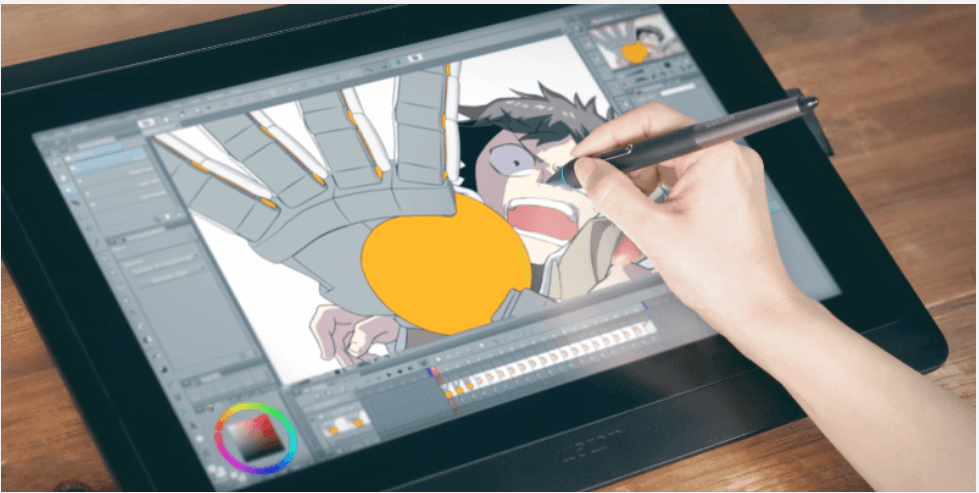
Creativity and choice of software are important factors in animation production. Good drawing and design skills will help you recreate your ideas accurately. In addition, using the right app for your genre will greatly improve your work. When choosing a program, include ease of use, what support is available, and wealth of features in your considerations.
What skills are required for animation?
To become a professional animator, you’ll need to gain a wide variety of skills through study and work experience.
Necessary skills to become an animator
Drawing skills come first, followed by the ability to understand the intent of the client. In addition, you must have a good grasp on basic knowledge and skills related to animation production. The following are some of those basic skills.
Basic skills required for animators
- Illustrating skills: The most important skill is drawing. Good drawing skills are required to create storyboards, design characters, and render ideas accurately.
- Graphic design skills: To make your animations visually pleasing, it is important to understand the basics of graphic design.
- Computer skills: Operating skills in animation apps such as Clip Studio Paint, Adobe After Effects, Adobe Animate, Autodesk Maya, Blender, etc., are required.
- Creativity: Creativity is required to come up with original ideas.
- Problem solving skills: Skills and patience in identifying and solving problems that arise during the animation production process are necessary.
- People skills: Animation is a team effort, and smooth communication and flexibility with other members is also important. Time management skills are also essential to ensure the project meets its deadlines.
In addition to these skills, animators should also have a creative mind, a strong visual imagination, good attention to detail, and an eye for color design. Other skills such as draftsmanship, 3D modeling, and computer programming are also helpful.
Designing characters and backgrounds for animation
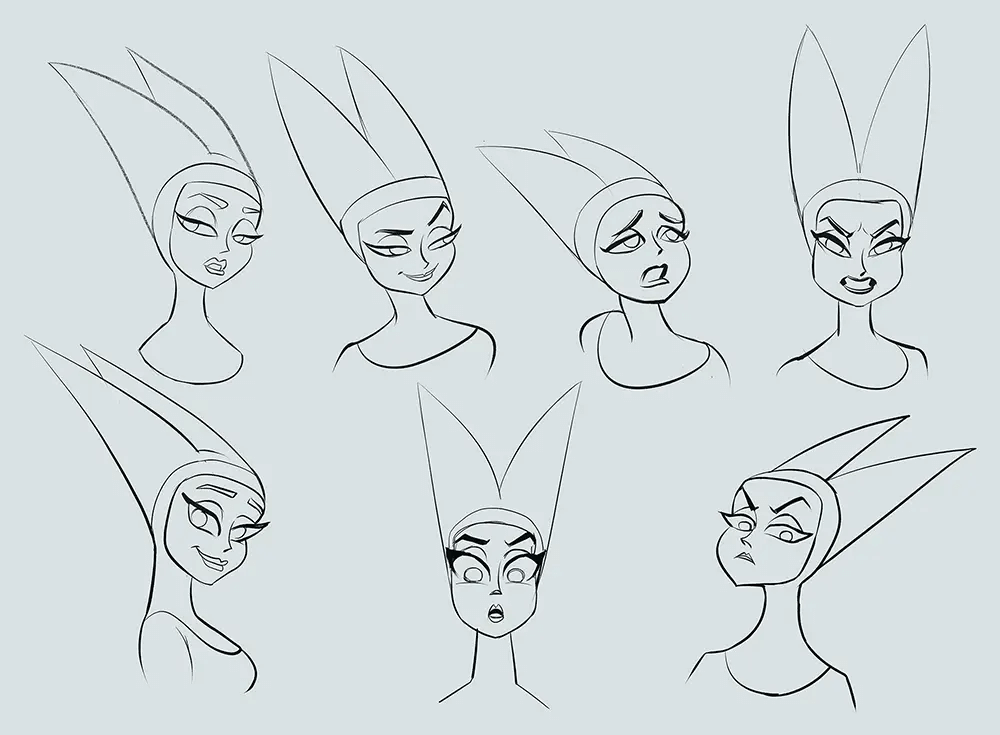
Good character design is also essential to making a compelling animation. Character design is the blueprint of a character, be it a person or animal. It includes expressions, hairstyles, clothes, body types, and other aspects of the character that visually express the internal aspects.
When thinking of character design, it’s pretty common to use a character sheet. This sheet visualizes different poses and expressions of a character. This helps maintain consistency in the character throughout the animation, regardless of expression.
Background design refers to the design of the background that sets the stage for each scene of the story. They are visualized using paintings or computer graphics, based on various elements such as the location of the characters and the time of day. Background design helps bring coherence to the story and organize its details during the writing phase. It is essential to understand the importance of character design and background design in an animation production.
See below for more information on character design.
- Introductory Guide to Character Art & Design
- Model sheet for character designers
How do you draw characters for animation?
When designing characters for animation, animators need to make each pose of the character distinct and easy to read. They need to be creative and make a character that stands out and pulls people into the story.
Here are some tips for drawing characters for animation.
- Start with basic shapes: When drawing a character, gauge the body structure and balance of each part by making them from simple shapes such as circles, ovals, and rectangles.
- Pay attention to hands: Hands are a difficult part to draw, but are important in expressing a character's emotions and gestures. Practice drawing hands doing different actions, such as waving or holding a cup. As you draw, you will develop your observation and drawing skills, which will also be useful in animation production.
- Line up your characters: Arrange the characters: Once you have designed several characters, place them all on one page. Check that they are balanced and that there is consistency in the character designs.
- Simplify facial features: : A good animator can simplify an object or person and convey its essence in a simple shape. This gives them more room for expression, as they can, for example, simplify facial features and exaggerated expressions. Watch all kinds of animation and learn the various styles of expression.
- Choose the right eyebrows: The shape of the eyebrows can greatly affect the impression of a character. Choose an eyebrow shape that best affords the emotion you want to express. For example, a character with a strong and confident personality can have thick, defined eyebrows.
- Practice: Practice so you can draw different body types, expressions, and poses. Many software programs can help you create characters, such as Clip Studio Paint's 3D models, but it takes practice and skill to master the basics.
What is background design in animation?

Background design in animation refers to the design of the background of a scene. It plays an important role in determining the overall setting and atmosphere.
Here are some keywords to keep in mind when learning about animation background design.
- Initial sketch: This is a rough sketch of a scene’s background. An initial sketch serves as a blueprint for the final image, and is used to share what the final image should look like at each stage of production.
- Background Art: Background artists work from animation storyboards to create backgrounds that reflect the emotions of the characters and the world of the film. They design for various elements, such as color, shape, light, texture, movement, contrast, line, composition, and more.
- Dividing work: In some cases, the background artist may share the workload with the layout artist. The layout artist will then take on the line art portion of the background art production process. After that, they will hand it off to the background painter to color using digital or analog techniques.
- Landscapes and environments: The background layout reflects the setting in detail. This includes buildings, landscapes, interiors, lighting, etc. Backgrounds convey the tone and mood of each scene and immerse the audience in the animation’s world.
- Storyboarding and direction: Background designers work from storyboards to understand the beats and visual nuances of the story. To convey information that is not directly touched on by the story and characters, it is necessary to understand the script and direction.
In this way, background design in animation is essential for drawing the audience into the setting, and creating visually appealing animated scenes. Background art supports the storytelling of the animation, and helps create the atmosphere and setting of the animation.
Animation planning and storytelling
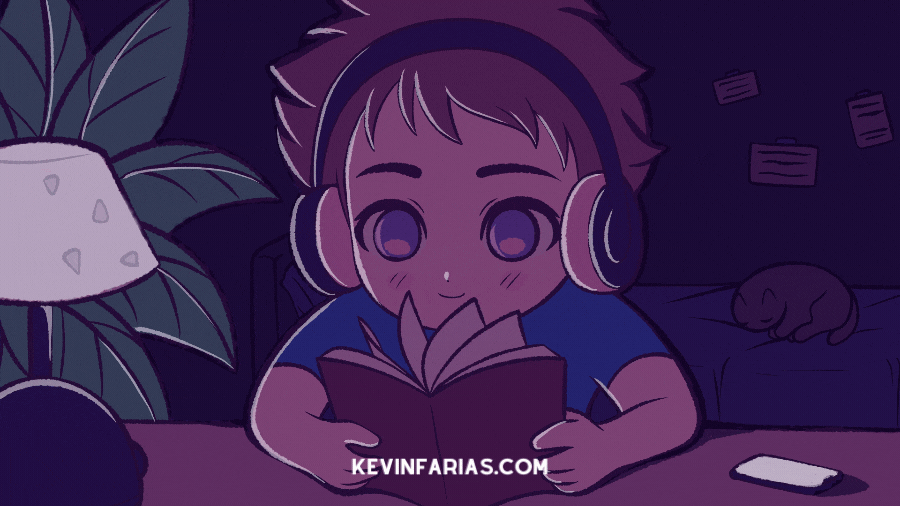
In this section, let’s learn how to create a compelling story and the production process.
Here, we’ll delve into the storytelling side of animation and the importance of production planning. These are crucial for producing high quality work.
What steps are there to animation production?
Here are the basic steps for making an animation. Before starting an animation project, it is important to understand the overall production process.
1. Choosing a concept and idea
The first step in creating is to decide on a concept or idea. Identify the message or story, characters, historical background, what you want to express, etc., and flesh them out. Visualize them as if you are making a pitch using text and simple illustrations. By being specific in what you want to convey to whom, you will lock in the core of the animation. This phase also includes research on the target audience.
2. Making a production plan
Once the direction has be decided, the production plan is next. The production timeline, budget, team members, and other necessary resources are decided in advance. This is an important process to ensure that the production stays on schedule.
3. Making storyboards and scripts
To plan the production in detail, storyboards and scripts are created. The storyboard visualizes character movements, story development, camera angles, direction, effects, music, etc. The script decides the lines of the characters and narration. These materials can be considered the blueprints of the production.

4. Design phase: Character and background design
Once the production plan and details have been finalized, it is time to design the characters and backgrounds. The story will be told through the characters and their actions. This phase visualizes the personalities of the characters, the era and location of the setting, etc. and designs the details. Drawing them as character sheets and other forms of documentation makes it easier to organize ideas and share them with team members.
5. Animation production process
After settling on a design, it’s finally time to start animating. While short productions may be done alone, commercial animations are usually handled by a team, with each member assigned a different role. Roles include the director, who manages the progress of the project, and the animators, who draw and create the images.
6. Audio production
Once animation production is complete, it’s time for the audio production phase. Music, sound effects, and narration are produced and recorded. In animation, sound is just as important as the moving pictures. Music and sound effects that enhance scenes, character lines, and narrations are recorded.
7. Editing and brushing up
The last step is editing. Once all the elements have been prepared, they are edited to complete the animation. Editing is done using an app that’s suited for animation production. By repeating corrections and adjustments, the final animation is brushed up.
These are the most common steps in creating an animation. Depending on the project’s complexity, additional steps may be required.
Planning before production is a crucial step and the foundation of animation production. The better the pre-production, the smoother the actual production.
What are storyboards in animation?
In animation, storyboarding is the process of visually organizing the story and script. This is an essential step of animation pre-production.
Let’s review the main goals of animation storyboarding.
Purpose
Storyboarding visualizes the shot sequence, camera angles, character movements, and overall scene structure. This helps the team share the same vision of the project, and helps the members to proceed towards the same goal.
Production process
1. Create the concept and story beats of the animation.
2. Write a script that summarizes the dialogue and action between characters.
3. Create a storyboard that visualizes the main scenes and shots with images and diagrams.
4. Make a rough edit using the storyboard panels and temporary audio and timing.
5. Finalize character designs, backgrounds, and other elements based on the storyboard.
Visual representation
Animation storyboards visualize key scenes of the story. Starting with rough sketches, they are brushed up into detailed images as production progresses, and serve as a reference for the final, finished image.
Importance
Storyboarding helps animators and directors discuss and finalize the structure and overall flow of the animation. This helps to identify potential problems and areas for improvement before full-scale animation production begins.
Why is storytelling important in animation?
Let’s see why storytelling is important in animation.
1. Engagement: A well- crafted story engages the viewer, and leads to commercial success. It creates an emotional connection to the animation through immersion and empathy, and bonds the audience to the characters and animation.
2. Memorability: Well-crafted stories are more likely to leave a lasting impression on the audience.
3. Communication: Strong storytelling can convey complex messages or themes in a way that is easy to digest by the audience.
4. Emotional impact: Stories evoke various emotions in the audience. Good storytelling skills help animators create work that is more emotionally engaging to audiences, and make the animation more impactful.
In this way, storytelling can increase audience engagement and make the animation more memorable.
The 12 Principles of Animation

Understanding the 12 principles of animation is important for anyone working in animation. They are used to bring animated characters and objects to life. By mastering the principles, you can gain the basic skills to make your animations not only visually appealing, but emotionally compelling as well.
What are the 12 principles of animation?
The 12 principles of animation were first introduced by Disney animators Ollie Johnston and Frank Thomas in their 1981 book, “Illusion of Life:Disney Animation”. Disney animation since the 1930s has been based on these principles. While originally intended for traditional hand-drawn animation, they remain influential in today's mainstream digital animation.
Let's take a look at the 12 principles of animation one by one.
1. Squash and stretch
Refers to the change in shape of a character when they move.

2. Anticipation
Before a character moves, an anticipation can be drawn to make the overall movement look more natural.
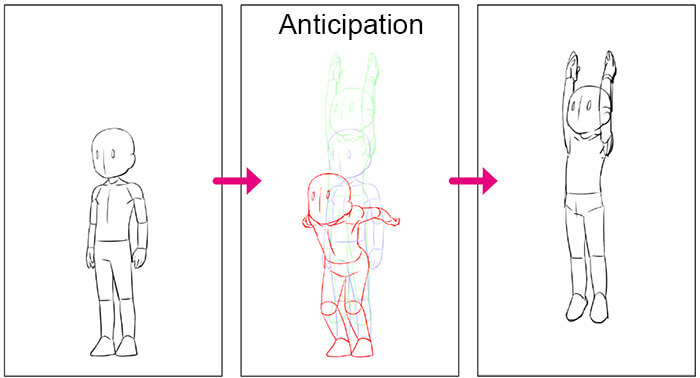
3. Staging
When a character moves, adjust the background and camera to make the movement more legible.
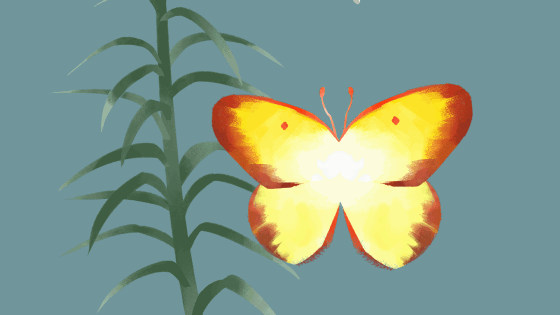
4. Straight Ahead Action and Pose-to-Pose Action
Straight ahead action is an animating style where the frames are drawn in order. Pose to pose is when a character moves, the first and last pose is decided first, with the in between frames drawn later.

5. Follow through and overlapping action
This principle describes how some parts of a character keeps moving after the character has stopped moving.

6. Slow in and slow out
A technique to express natural movement by gradually starting and stopping motion.
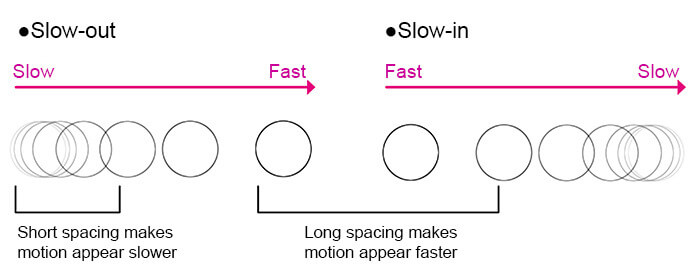
7. Arc
The principle of drawing motion trajectories as arcs.

8. Secondary action
When a character moves, another part of the character makes a secondary motion, reflecting the character’s feelings, etc.
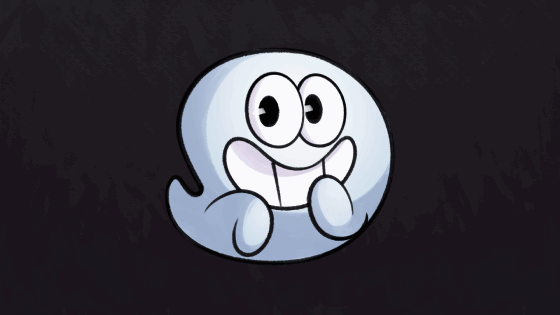
9. Timing
A technique that makes the movement of characters look more natural by adjusting the speed or spacing of the motion.

10. Exaggeration
A technique that dramatizes movement by exaggerating a character’s motions.
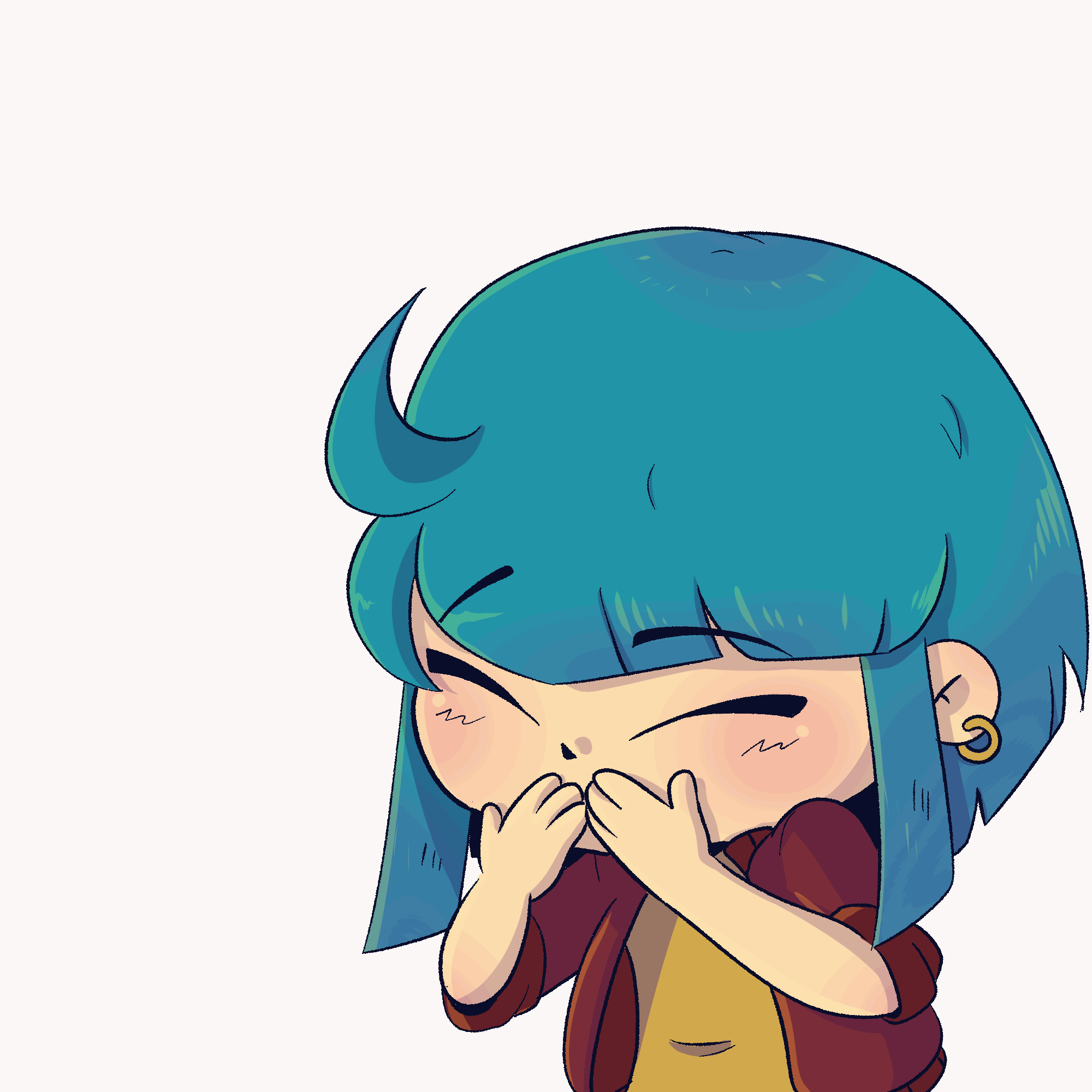
11. Solid drawing
A technique that make characters and objects look more realistic by depicting their shapes and textures in motion.

12. Appeal
Making a character look appealing when they move.

These principles are fundamental to media with motion, and are considered the ultimate guide to creating appealing and realistic character animation.
CLIP STUDIO PAINT PRO
for character art, concept art, illustration
CLIP STUDIO PAINT EX
for comics, manga, webtoons & animations
PRO
EX
Single-page illustrations & comics
Multi-page comics/manga & illustrations
Up to 24 frames for gifs or short animations
Unlimited frames for professional animation
Natural, customizable pen and brush tools
Vector layers
More than 10,000 free downloadable brushes and materials
3D models and drawing figures
PSD compatibility
RGB and CMYK compatible
For macOS and Windows
-
Export and print multi-page files
-
Convert images and 3D models into lines and dot shading
Free technical support
Free web services & community
Clip Studio Ask / Assets / Tips / Share


